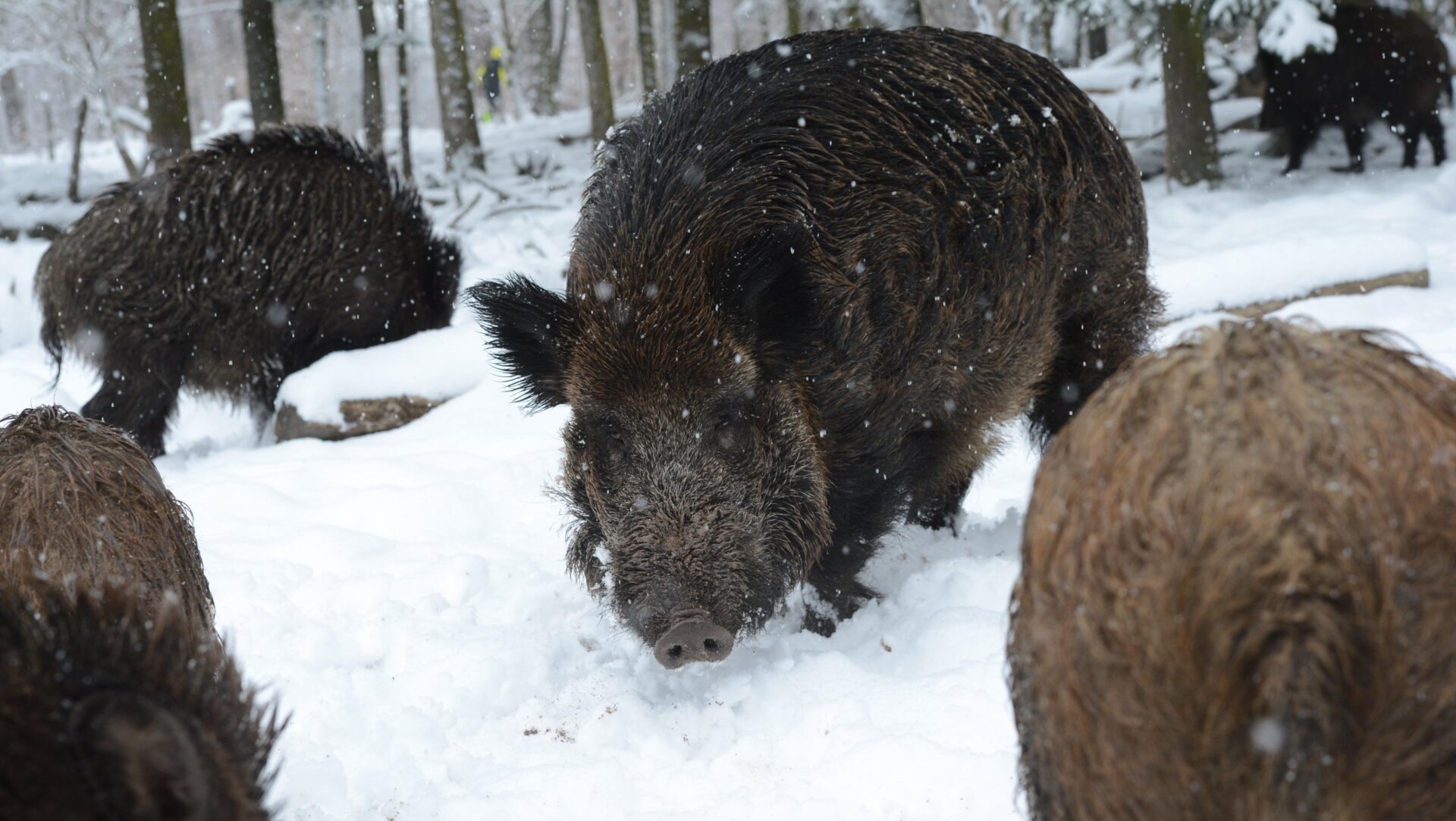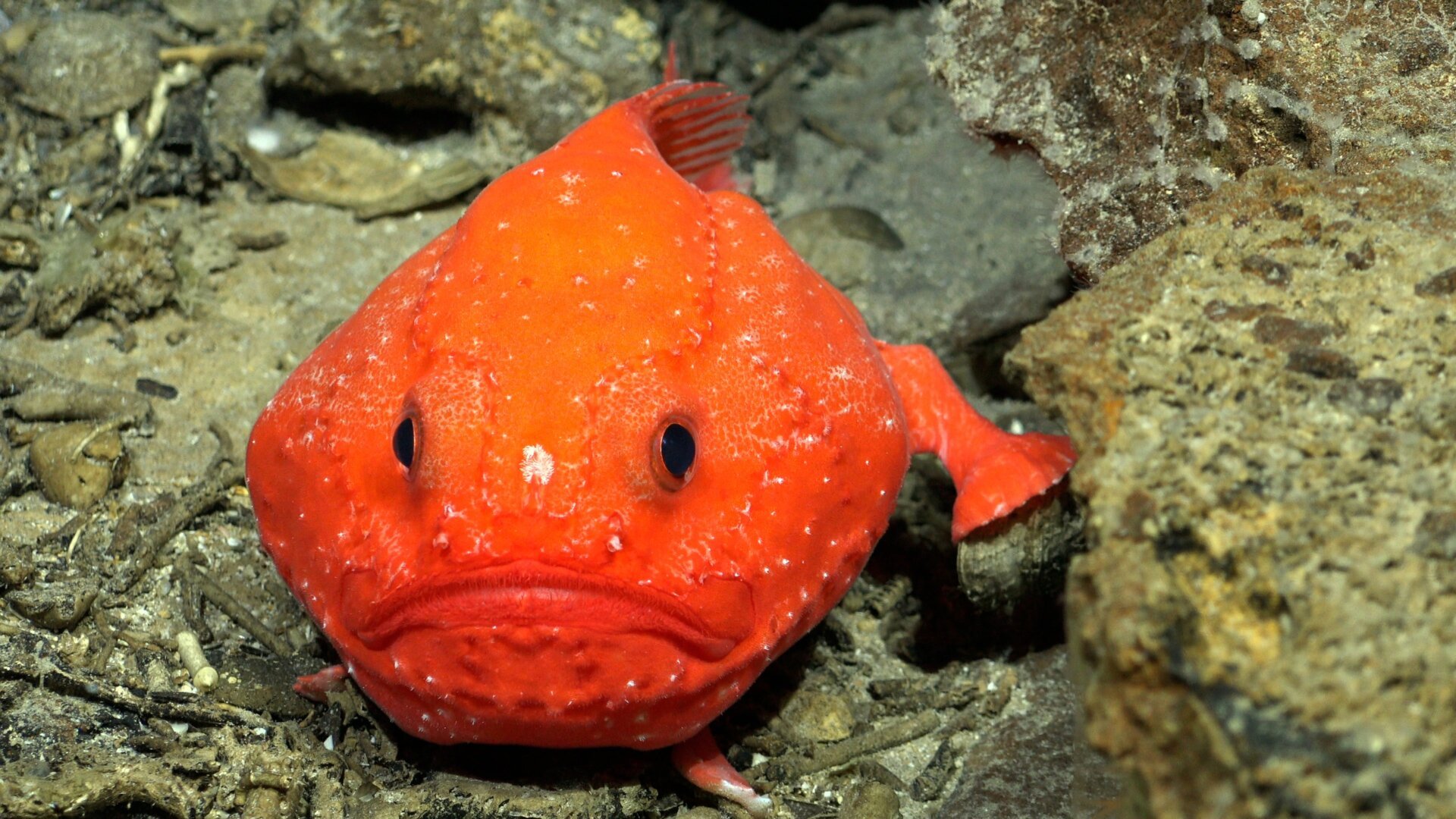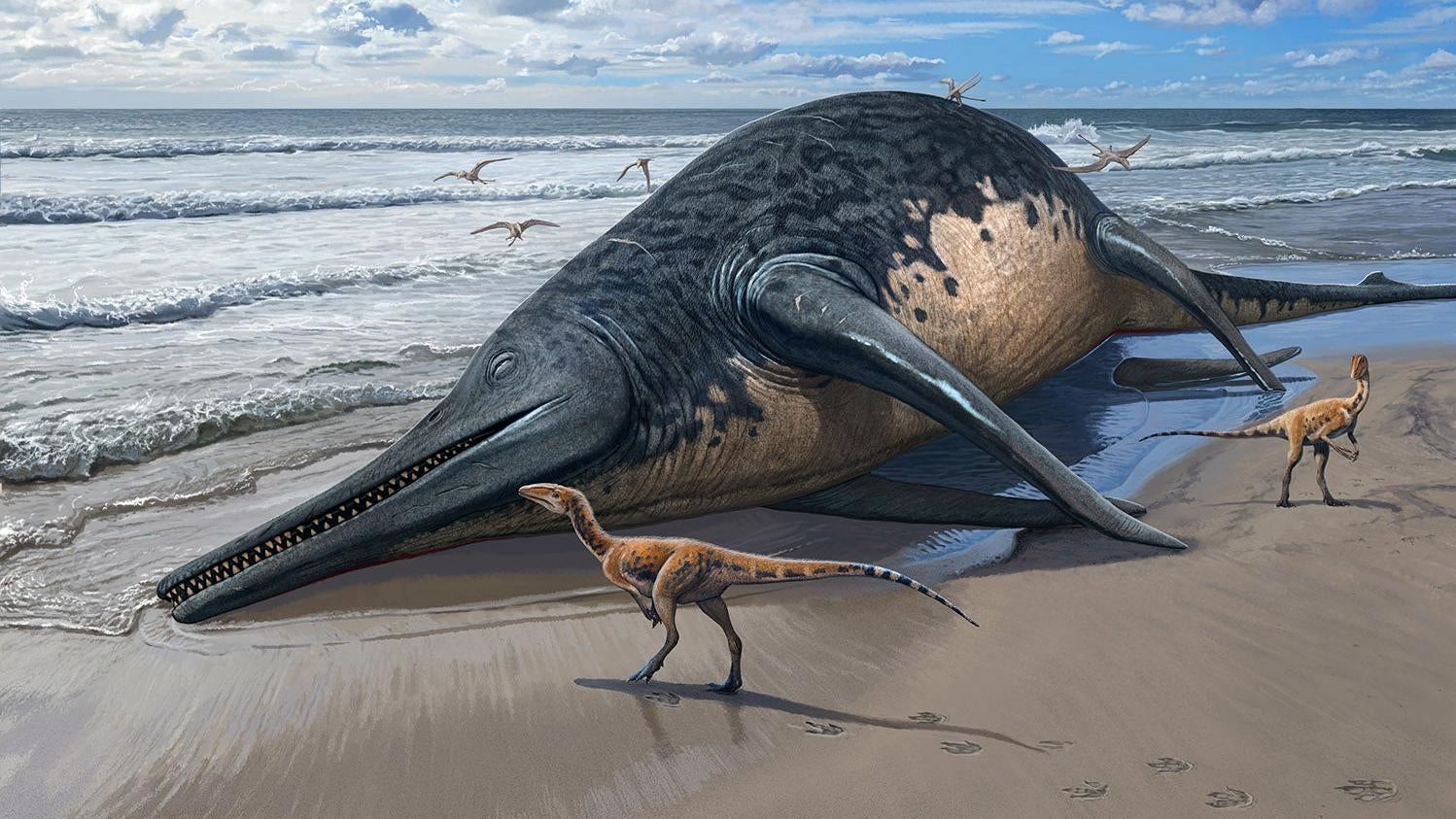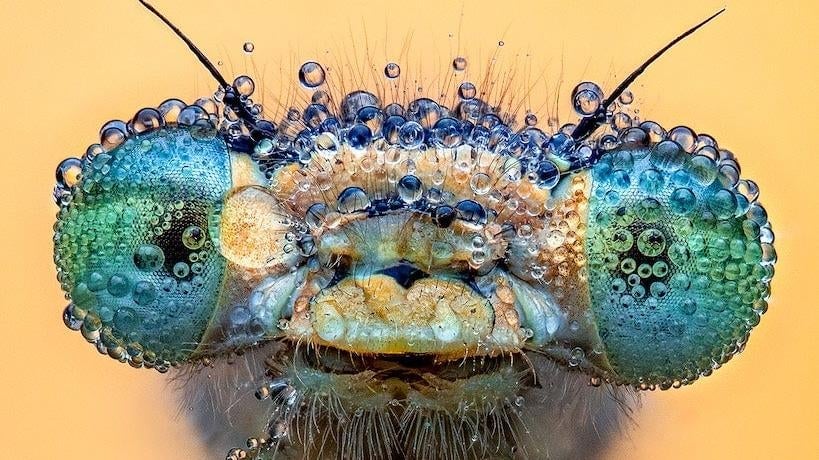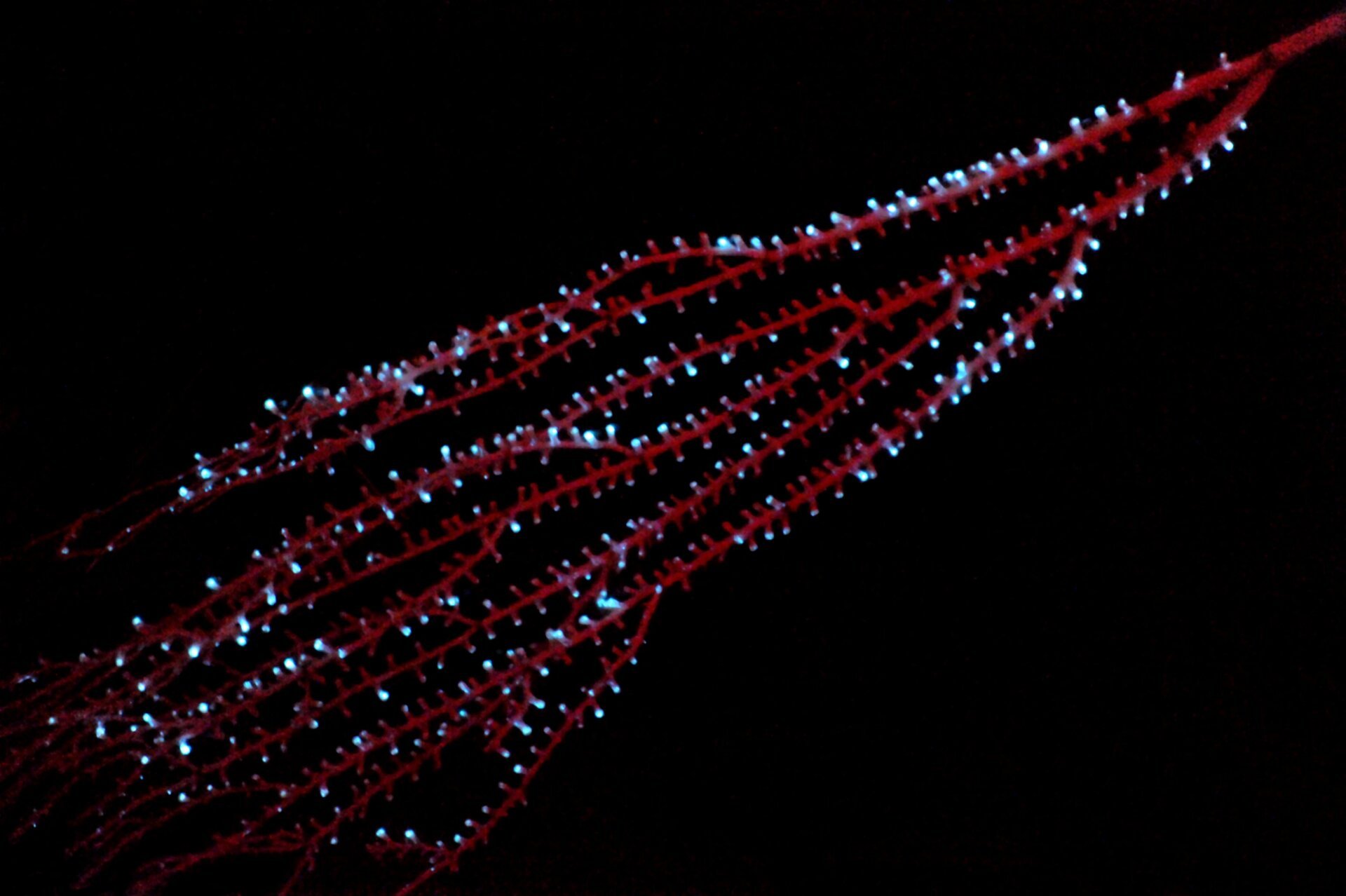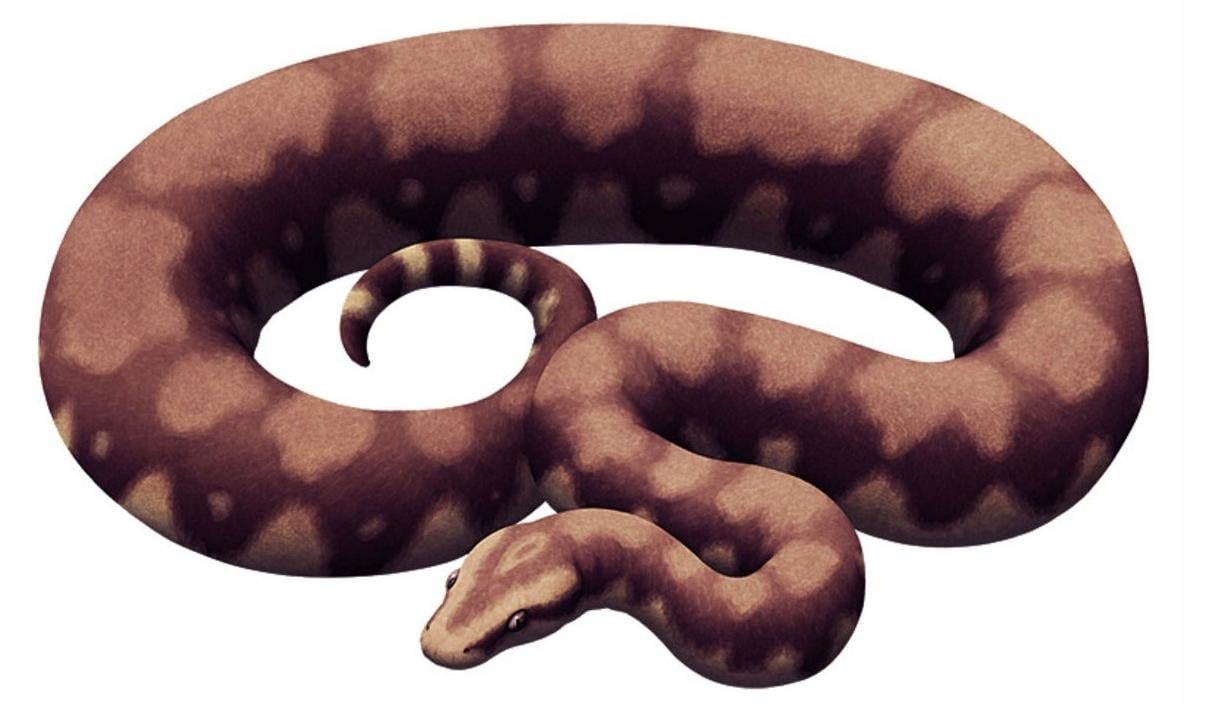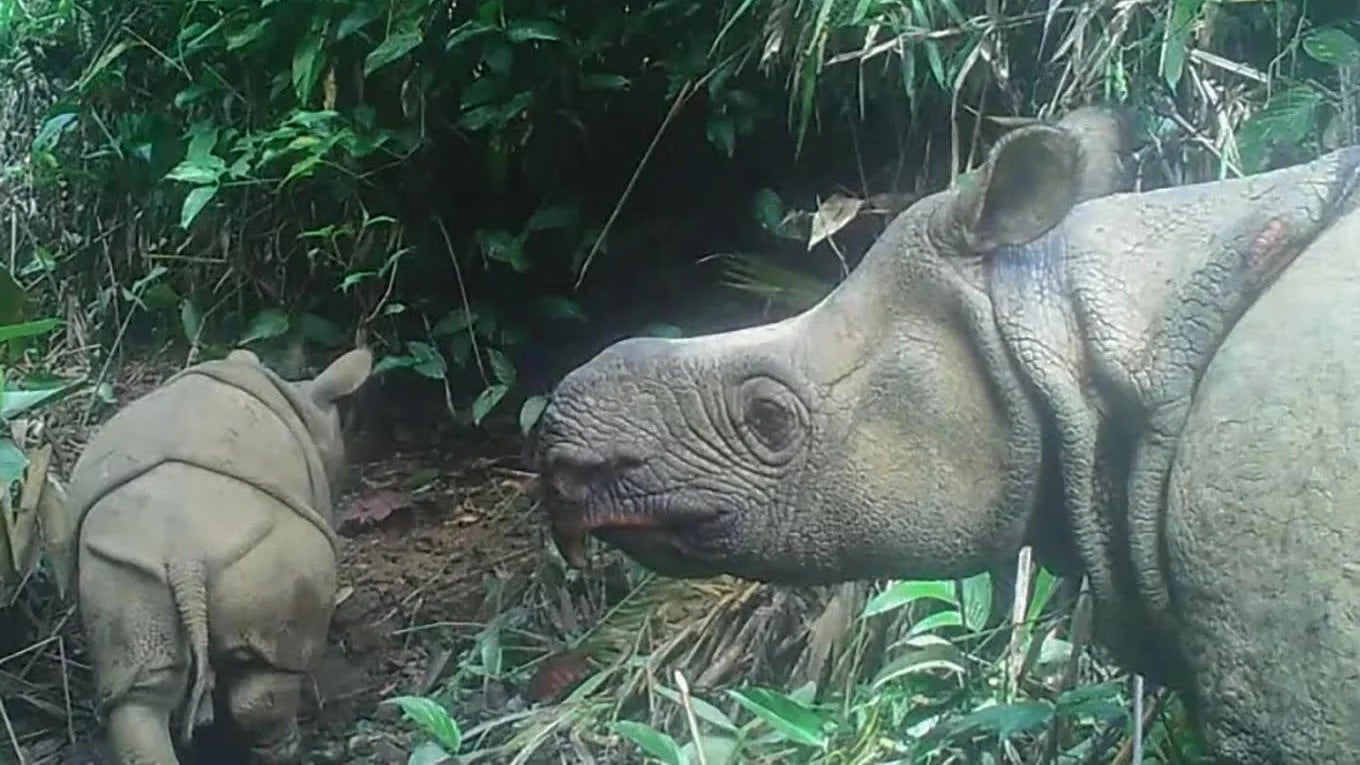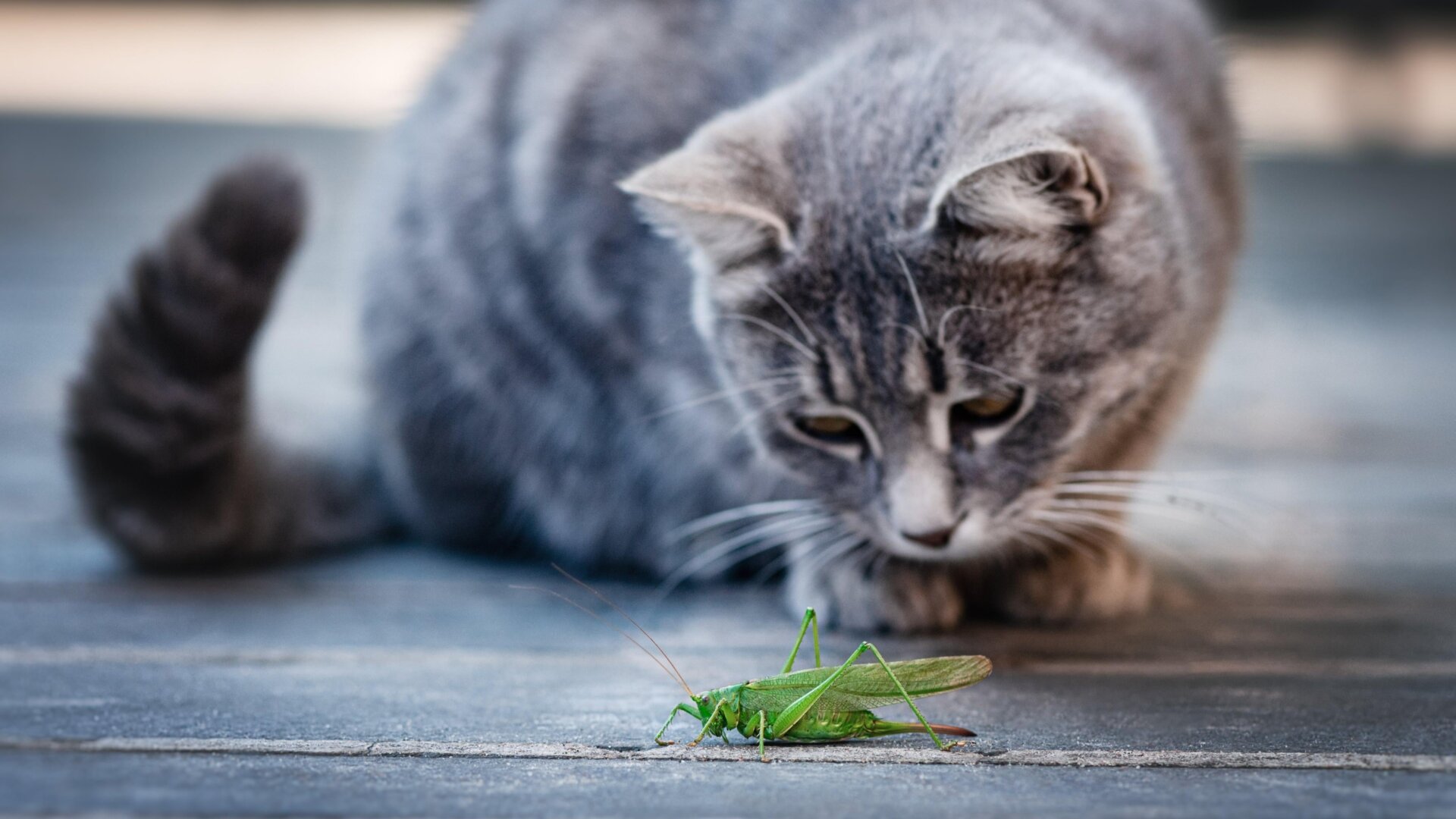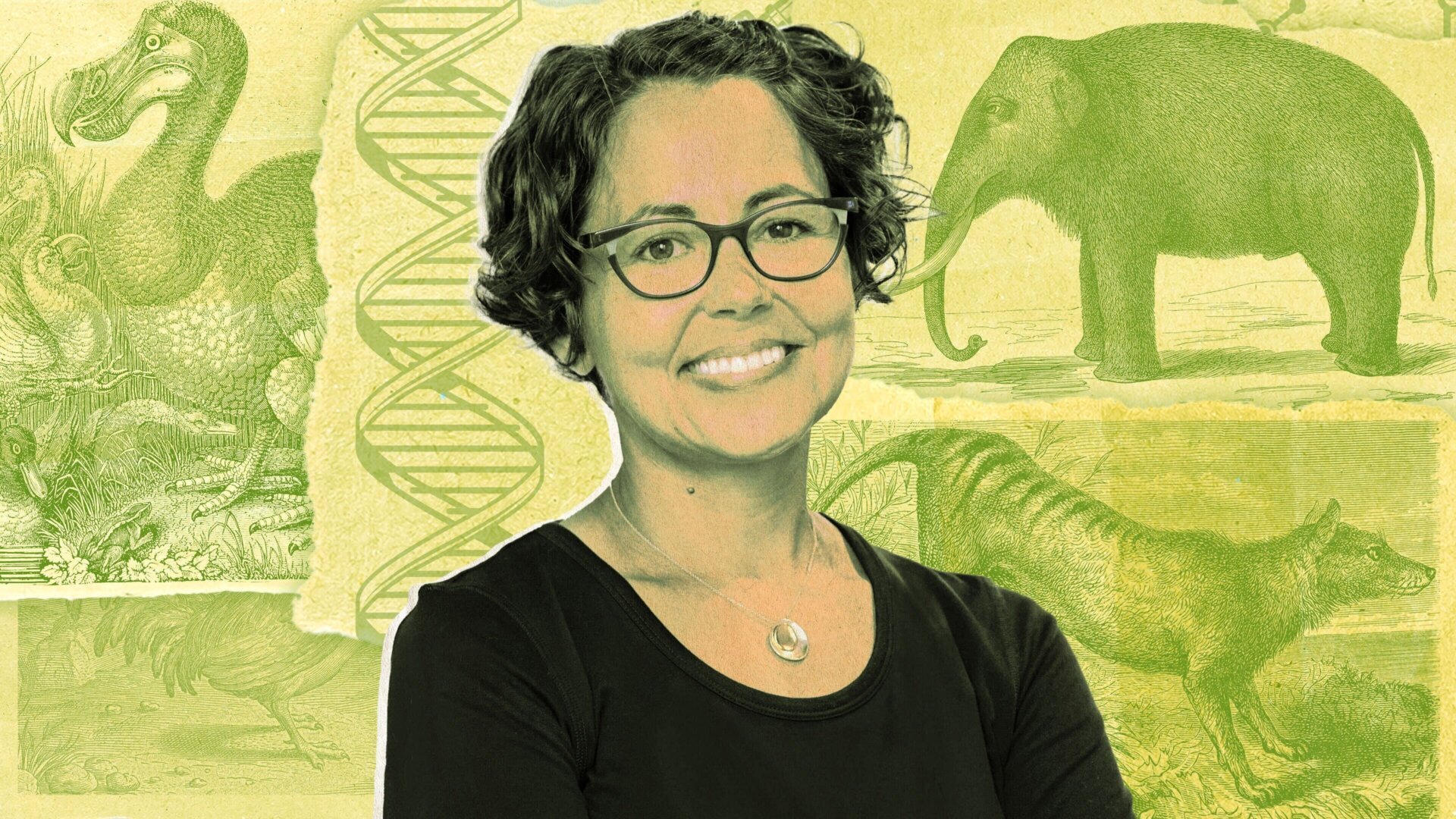Invasive wild pigs, sometimes referred to as “super pigs,” pose a significant threat to the northern US, according to recent research. Scientists predict these animals have a “high potential” to cross the Canadian border and establish populations in previously pig-free regions, particularly North Dakota, South Dakota, Montana, and Minnesota.
While once the subject of internet memes, feral and wild pigs present a growing ecological concern. Lacking natural predators in their invaded territories, these pigs multiply rapidly, consuming native vegetation, crops, and small wildlife. They can also carry dangerous diseases and have been known to attack pets and even humans.
Feral swine have already invaded much of the southern US, typically a mix of escaped domestic pigs and Eurasian wild boars. However, Canada’s pig problem is uniquely alarming. In the 1980s and 1990s, hunters introduced wild boars as livestock and game animals. Some escaped or were released, interbreeding with domestic pigs. The resulting “super pigs” are larger and more cold-tolerant than their southern counterparts, enabling them to expand their range across North America.
Researchers from Canada and the US, including the United States Department of Agriculture, used GPS collar data from Canadian wild pigs, including a 638-pound pregnant sow, to model future population movements. They discovered that these pigs prefer deciduous forests and wetlands, followed by croplands. The abundance of these environments in the northern prairies of both countries suggests a high likelihood of southward expansion. The study, published in Biological Invasions, predicts movement into southern Saskatchewan and Manitoba in Canada, and northeastern Montana, North and South Dakota, and western Minnesota in the US.
“These pigs have high reproductive rates, are very mobile, and have a high capacity to spread,” explains study author Ryan Brook, a University of Saskatchewan professor who has tracked this issue for over a decade. “This study highlights the massive risk of wild pigs and how far they can—and likely will—move if preventative action isn’t taken.”
The research aims to provide accurate predictions of future pig movements, enabling proactive control measures. “We’ve progressed from a general concern about cross-border pig movement to detailed maps showing likely establishment areas,” Brook stated. “This information can be used to target control efforts effectively.”
By understanding the potential spread of these invasive “super pigs,” authorities can implement strategies to mitigate their environmental and economic impact. Early intervention is crucial to protect vulnerable ecosystems and agricultural interests.



